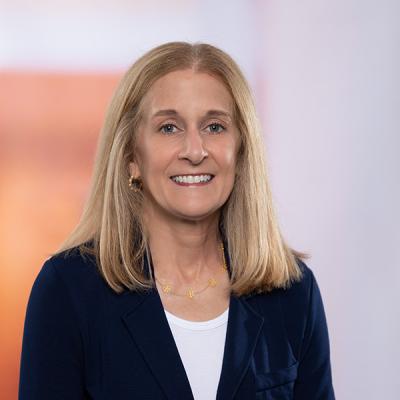OIG Approves Wholly Owned Subsidiary GPO Arrangement
Written by Theresa Carnegie and Nili Yolin
In Advisory Opinion 12-01, the Office of Inspector General for the Department of Health and Human Services (OIG) analyzed a proposal from a nonprofit health system (the “System”) to form a group purchasing organization (the “Proposed GPO”) for the benefit of the System’s affiliates and subsidiaries. The OIG concluded that the System’s Proposed GPO would not meet all of the elements of the GPO safe harbor, but that the proposed arrangement nevertheless presents an “acceptably low level of risk” of violating the federal Anti-Kickback Statute (AKS), because the System will implement a number of compliance safeguards. What makes this opinion noteworthy, as discussed in more detail below, is that the structure of the Proposed GPO would directly conflict with the GPO safe harbor’s definition of a “GPO” because it would be wholly owned by a parent corporation that wholly owns the entities for which the Proposed GPO would serve as a purchasing agent.
According to the Opinion, a subsidiary of the System that is responsible for the System’s supply chain and materials management functions seeks to form a GPO for the benefit of the System’s subsidiaries and affiliated healthcare organizations (the “Participants”). The Proposed GPO would, among other things: (i) negotiate discounts from vendors on behalf of its Participants, (ii) retain a portion of the administrative fees it receives from vendors; and (iii) distribute to the Participants the portion of any administrative fees it receives from vendors that exceed its costs, which the Participants will treat as a discount. The System certified that if it can obtain a better cost value from suppliers through independent GPOs or directly from the vendors, it would not utilize the Proposed GPO.
The OIG first noted that the distribution of the administrative fee to the Participants would qualify for the discount safe harbor because the GPO would inform its Participants, in a manner reasonably calculated to give notice to the Participants, of their obligations to report any discounts that they receive from vendors, and the Participants would actually report the fee as a discount.
However, with regard to the portion of the administrative fee retained by the GPO, the OIG stated that it could not meet the GPO safe harbor because the Proposed GPO would be purchasing on behalf of entities that are wholly owned by the same parent organization as the Proposed GPO. The OIG explained that, by regulation, inter-company GPO arrangements are carved out of the safe harbor due to the increased risk that administrative fees collected by an affiliated GPO could be illegal inducements for referrals or recommendations.
Nevertheless, noting that the “absence of safe harbor protection is not fatal” but rather requires analysis on a case-by-case basis to determine the potential for federal health care program abuse, the OIG approved the proposed arrangement based on a number of mitigating factors, including the fact that the Proposed GPO would have little incentive to procure higher administrative fees because it would only retain the portion necessary to cover its costs. The OIG also was persuaded by the following aspects of the arrangement:
- the Proposed GPO would notify vendors that they may have reporting requirements related to the administrative fees (rebates) passed on to the Participants;
- the Proposed GPO would be open to participants that are not affiliated with the System; and
- the System’s subsidiaries and affiliates would be permitted to go outside of the Proposed GPO to obtain the best price for their supplies.
This Opinion invites similar organizations to evaluate their existing purchasing arrangements to determine whether an independent GPO is still the best purchasing option. If the organization can implement the necessary and appropriate safeguards, including full disclosure of discounts and administrative fees and the option to purchase supplies directly from vendors, creating a wholly owned GPO that services the parent organization’s other subsidiaries and affiliates may now be a viable alternative.


